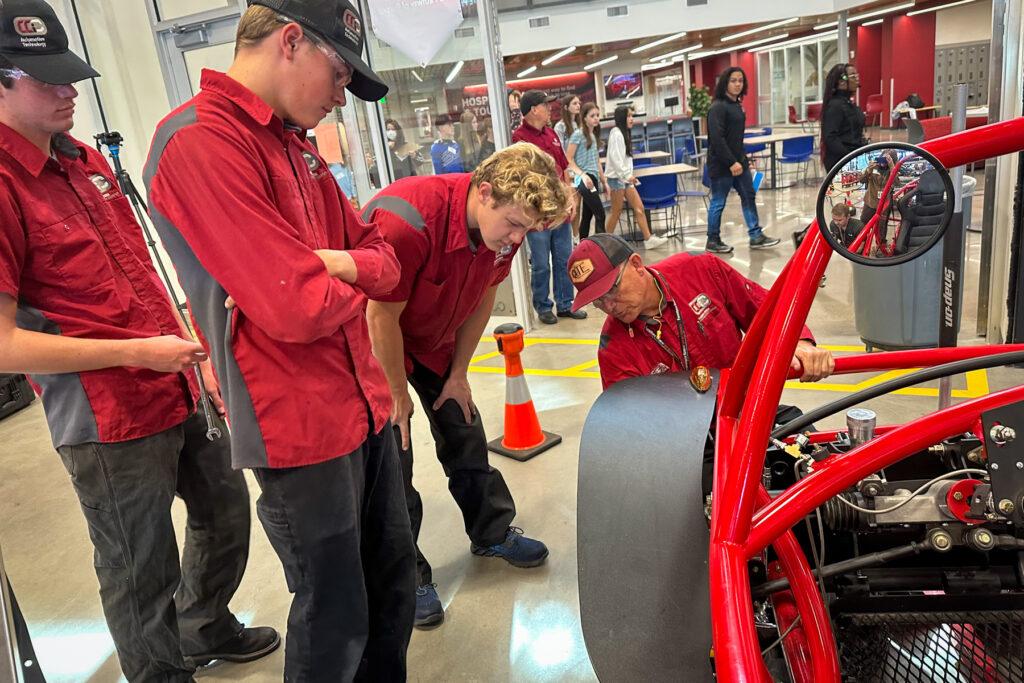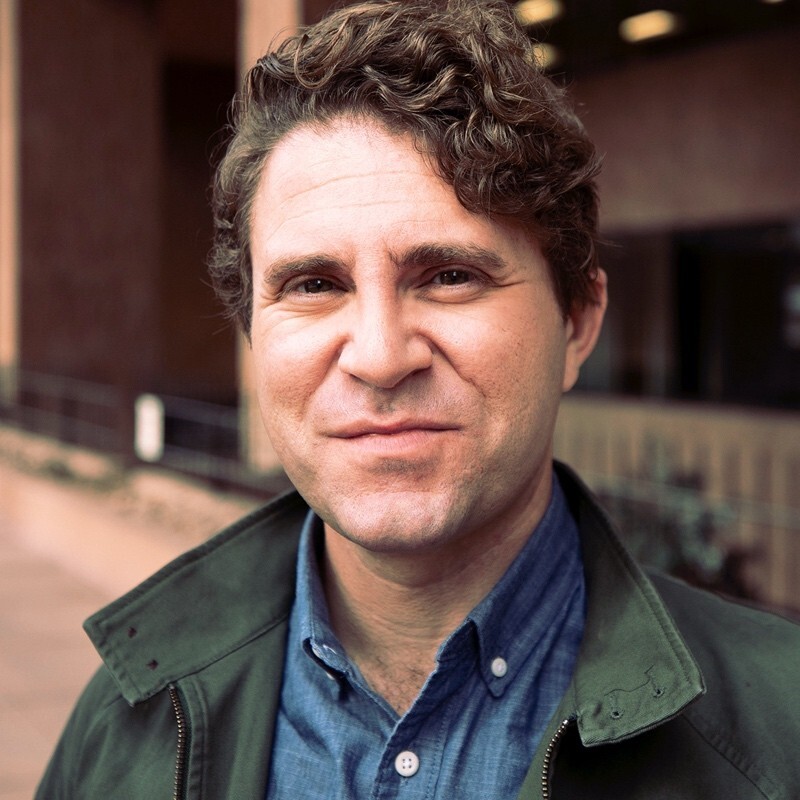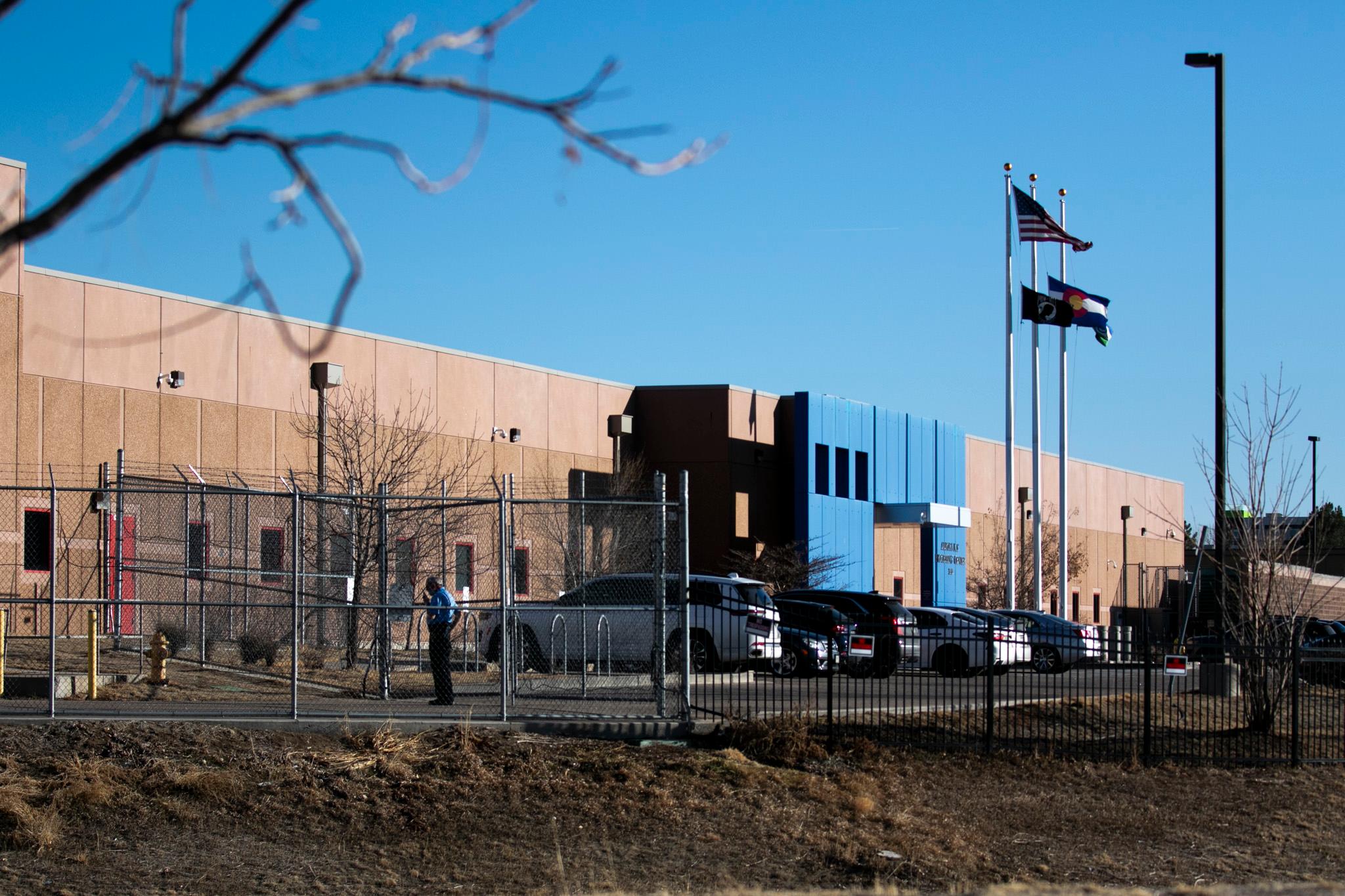
“The goal here is to make sure when Americans hear the word ‘apprenticeship’ they think, ‘wow, opportunity,’’’ said Colorado Sen. John Hickenlooper in a Senate hearing room on Tuesday, March 12.
He and Republican Sen. Mike Braun of Indiana put a spotlight on apprenticeship and training programs at their subcommittee hearing in support of a bill they introduced called the Youth Apprenticeship Advancement Act. It would set up a competitive federal grant to boost workforce training and apprenticeship programs, for students 16 to 22 years old.
But the broader goal of the hearing is to ensure that young people know more about apprenticeships and the benefits they can offer, including pathways to good-paying jobs at a time when many employers are struggling to find skilled labor.
“What we’re going to do is make youth apprenticeships cool,” Hickenlooper said. “They already are cool, but we’re going to amplify that and shout it from the rooftops if we have to.”
The senators got a boost for their cause from two Colorado witnesses.
Wesley Patch with Vestas Americas and Steven Day, principal of Cherry Creek Innovation Campus, a career technical education center, talked about what they’re doing to boost apprenticeships.
At his school, Day said students can explore multiple career pathways, including getting school credit or industry certifications.
“The pinnacle of the work is the movement when students can move from the classroom space and into the workplace through an apprenticeship,” said Day.

The Innovation Campus also has its current students talk with 8th graders in the district about what they’re learning.
But he added age can often be a barrier, saying “excluding them from the opportunities an apprenticeship brings for all of junior year and most of senior year of high school.”
Day is supportive of legislation that would allow students 16 years and older to participate in apprenticeships.
Patch implemented a youth apprenticeship program at Vestas, a renewable wind generator manufacturing company in Windsor. The program starts ahead of a student’s senior year in high school. During that summer they work 40 hours a week, but when the school year starts, their hours drop to 20 a week. In the four years the program has been in operation, they’ve had 200 students go through.
His testimony highlighted one student who went through the program named Raquel. She was hired after her graduation and recently finished an eight-week temporary assignment in Denmark, helping at a factory there to train new employees. She’s also finishing her second year of college to get her engineering degree, utilizing the company’s tuition reimbursement program.
“These young apprentices bring fresh ideas, energy, and willingness to learn everything they can,” said Patch.
Patch added apprenticeship programs cost money, another barrier for many companies to start them.
“If The Youth Apprenticeship Advancement Act is passed, it will allow more businesses to give opportunities for our youth to be paid to learn and gain knowledge for better stronger skilled workforce in the future,” he told the subcommittee.
All the witnesses talked about the lack of skilled labor for many companies and pointed to countries like Switzerland and Sweden, where students regularly participate in apprenticeships. They also noted the stigma that sometimes comes with apprenticeship in the United States, where more students are directed toward college.
“That’s the heavy lift,” said Day. He pointed to his school’s approach of having current students talk to possible future students. “Which is a fantastic way … to remove that stigma in terms of where those students can see themselves in a career and how they get there drastically different from a college-only path.”
Hickenlooper, however, acknowledged that getting a bill through the Senate, let alone the full Congress, could be a big lift. Even with interest in the topic on the rise in the House and the Senate, the bill’s cost and the ever-shrinking time on the legislative calendar could be hard to overcome.









